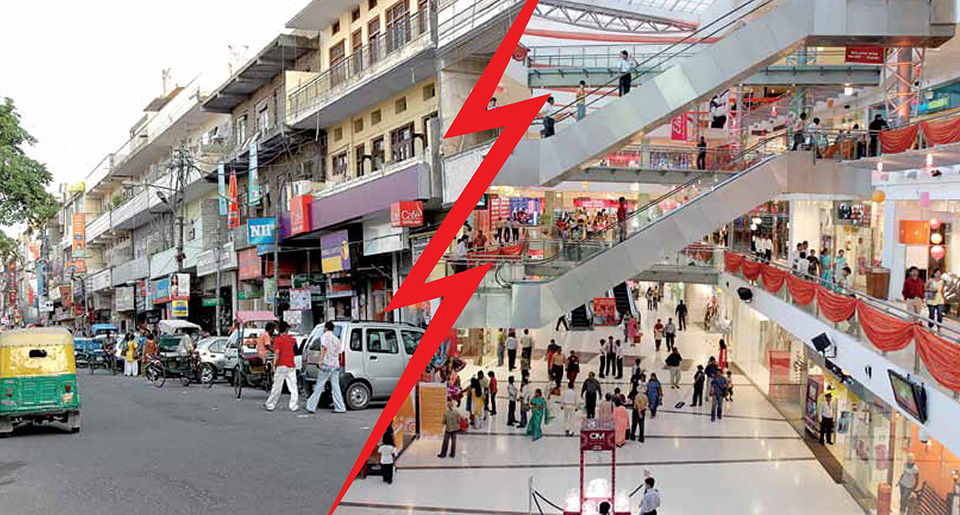In an era of social media and digital fluency, it is easy for retailers to forget the value of their brick-and-mortar stores. The aesthetics and interior designs created on the high street continue to play a significant role in advertising and practical operations. Customers, for example, not only rely on eye-catching designs to discern stores worthy of their interest but will also expect, even quietly, to navigate the same retail spaces effortlessly. If a design doesn’t meet these needs, customers are unlikely to return.
Thankfully, however, achieving an effective retail design on the high street isn’t rocket science. Additionally, with a host of retailers constantly experimenting with innovative designs, there are also a number of ways to improve a brand’s presence on the high street. Here are some of the best.
Window Displays
Catching the attention of passersby is the challenge of high street retailers. In addition to creating an appealing design that exemplifies a brand’s message, retailers must also outshine nearby competitors. Window displays are one of the best tools with which to utilise, especially since they are often on show even when a store is closed.
Colourful, bold, and simple designs are effective at drawing in shoppers and can be used to highlight offers and new products easily. In addition to this, they are also easily changed, giving retailers a platform for new designs each week or month.
Navigation
Retail interior designs are not solely about aesthetics but also information and customers will actively seek information when navigating a shop space. This type of guidance could be found through effective sign fittings and posters, those that support written information and directions. Or, they can be in the form of more understated guidance, such as spotlighting and hero products, both of which draw attention and act as markers by which customers can orient themselves.
Interior Presentation
The shop shelving and furniture that are selected for a shop space go well beyond simple aesthetic contributions. In fact, every part of an asset’s design, from material to manufacturing, will affect a customer’s impression of a brand.
Some retailers take advantage of this by selecting furniture made from sustainable materials so as to make a positive impression of environmental consciousness. Others source assets of quality manufacturing to promote the quality of their products by association.
Lighting
There have been a number of experiments on retail lighting and it remains one of the most widely discussed elements of retail design. Some brands, for example, insist that well-lit stores are essential for customer comfort and product presentation. However, other brands, such as Hollister, have found that low lighting and even darkness is actually conducive to brand and store atmosphere.
Regardless of a retailer’s decision on lighting, it should be considered an important tool. Spotlighting remains an excellent way to highlight products and areas of a shop, while natural light supports the photo quality of images that customers might snap in the store and then share online, which is conducive to passive advertising.
To learn more on how lighting can enhance customer experience in your store, please see the information below.
Provided by industrial electrical services company, Dubak Electrical Group

